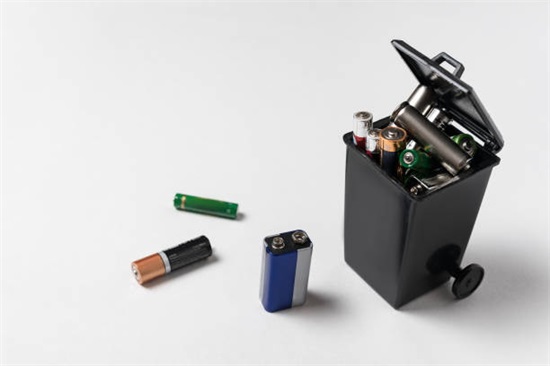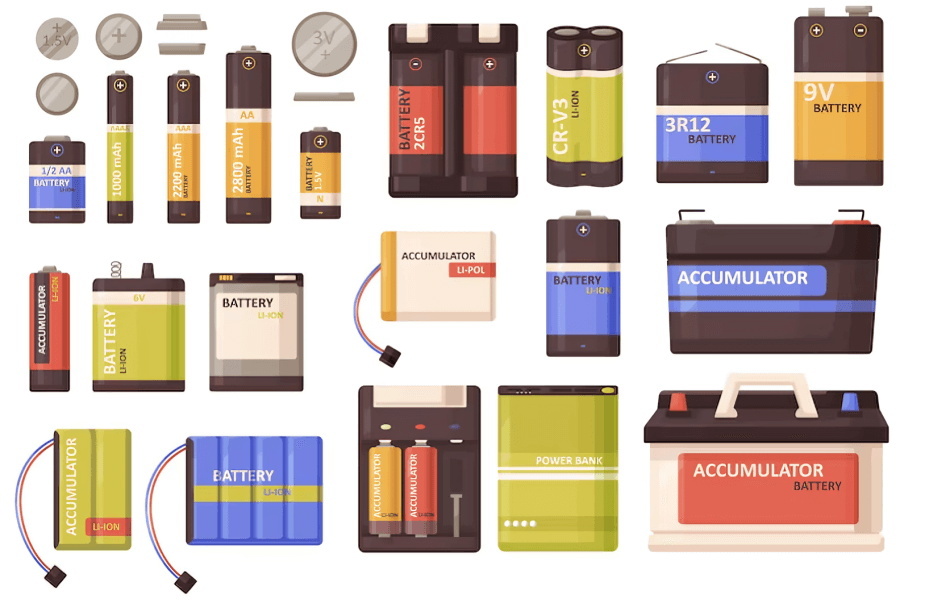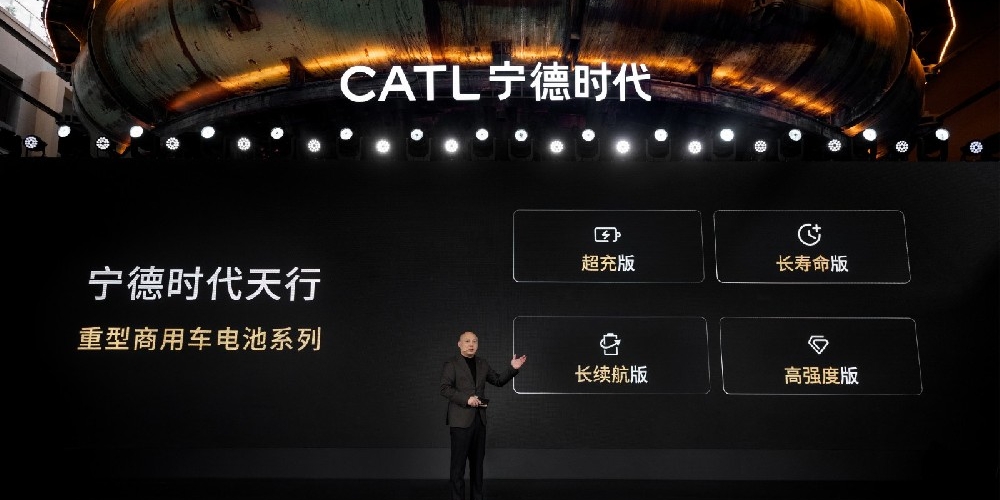How to Safely Store Lithium batteries:Best Lithium battery Storage Safety Guide

Lithium batteries, known for their high energy density and long lifespan, are widely used in modern devices, from smartphones to electric vehicles. However, these powerful energy sources need careful handling, as improper storage can lead to capacity loss, premature aging, and even dangerous situations. This guide explains how to safely store lithium batteries, covering essential techniques for both home and travel scenarios. You will learn about optimal temperature conditions, ideal charge levels, and appropriate storage containers. With these tips, you can extend the battery life and prevent potential risks.
How to Safely Store Lithium Batteries?
Lithium batteries are rechargeable power sources that provide efficient energy for portable devices and electric vehicles. While they offer numerous advantages, such as high energy density and longevity, they also require special care in both usage and storage. Improper storage can result in rapid degradation, reduced capacity, and even safety hazards. Understanding how to safely store lithium batteries is crucial for maintaining their performance and ensuring safe use.
When learning how to store lithium batteries safely and effectively, three main factors play a vital role in maintaining battery performance and extending its lifespan: temperature control, humidity management, and charge level.
1. Temperature Control
Temperature is one of the most critical aspects of lithium battery storage. These batteries are sensitive to extreme temperatures, whether hot or cold. High temperatures can accelerate chemical reactions inside the battery, causing internal swelling and potentially damaging the battery structure. On the other hand, extremely low temperatures can reduce the battery's charging capacity. Therefore, the ideal storage temperature for lithium batteries is between 20°C and 25°C (68°F to 77°F).
To prevent damage from high temperatures, avoid exposing the battery to direct sunlight or storing it near heat sources. If you live in an area with significant temperature fluctuations, consider storing your battery in a climate-controlled space to maintain stable conditions.
2. Humidity Management
Humidity is another important factor when storing lithium batteries. High humidity can lead to corrosion of battery terminals and potential short circuits. To prevent this, lithium batteries should be stored in a dry environment. If you live in a humid climate, consider using dehumidifiers or moisture-absorbing packets in your storage containers to keep the air dry and protect your battery from moisture-related issues.
3. Charge Level
The charge level is an often-overlooked yet critical factor in lithium battery storage, particularly for long-term storage. Unlike other types of batteries, lithium-ion batteries should not be fully charged or fully discharged during storage. The ideal charge level for storing lithium batteries is around 40% to 50% of their full capacity.
Storing a fully charged battery can cause stress on its components, leading to faster capacity loss over time. Conversely, storing a fully discharged battery can cause irreversible damage. If you plan to store your lithium battery for an extended period, it’s essential to check and adjust the charge level periodically to keep it within the optimal range.
Lithium Battery Storage Tips
Now that we understand the key factors affecting lithium battery storage, let’s explore some practical tips for implementing these principles. These guidelines will help you safely and effectively store your lithium batteries, ensuring they remain in optimal condition for years to come.
1. Organize Batteries by Type and Age

A commonly overlooked aspect of lithium battery storage is proper organization. First, categorize your batteries by type and age. Store lithium-ion batteries separately from other battery types to prevent potential chemical reactions. Additionally, grouping batteries with similar usage ages helps ensure that older batteries are used first, following the "first in, first out" (FIFO) principle. Creating a simple labeling system, including the battery type and purchase or last full-charge date, makes it easier to manage your battery storage and track the life cycle of each one.
2. Create an Ideal Storage Environment
The best way to store lithium batteries is in a controlled environment. Store batteries in a cool, dry location with a temperature range of 20°C to 25°C (68°F to 77°F). Never store batteries in freezing or excessively hot environments. Try to keep the storage area with a relative humidity of less than 50%. Ensure the storage area is well-ventilated to prevent heat buildup. If possible, store batteries in a temperature-controlled room or cabinet. These ideal conditions are essential for preserving battery capacity and preventing premature aging.
3. Safe Handling and Protection
Proper handling is critical for safely storing lithium batteries. Always handle batteries with clean, dry hands to prevent moisture or contaminants from entering the battery terminals. When moving batteries in and out of storage, do so gently to avoid physical damage. If you store multiple batteries together, use non-conductive spacers to prevent accidental contact between terminals. For batteries with exposed terminals, consider using small rubber caps or electrical tape for added protection. These simple steps help prevent accidents and ensure the battery’s longevity.
The importance of following correct lithium battery storage practices cannot be overstated. Understanding and implementing these safety measures is vital to benefiting from the technological wonders these micro powerhouses offer while keeping our surroundings safe. As consumers and beneficiaries of this technology, we have a responsibility to stay informed and vigilant. By doing so, we contribute to a safer, more efficient energy future.
Common FAQs about Lithium Battery Storage
1. What temperature range is suitable for using lithium batteries?
Lithium-ion batteries can be used in a temperature range of -20°C to +55°C. However, they should typically only be charged within the range of +0°C to +45°C.
2. How long do lithium batteries last?
Lithium-ion batteries can last up to 1,000 charge cycles, depending on their capacity and usage. However, these numbers are achievable under optimal conditions. Battery capacity will decrease over time with use. Generally, a battery is considered worn out when its nominal capacity drops below 70%.
3. What is the "memory effect" in batteries (as seen in nickel-cadmium technology) or the "lazy battery effect"?
The memory effect occurs in some types of batteries (such as nickel-cadmium), where the battery "remembers" its previous charge levels and loses capacity if it is not fully discharged before being recharged. This effect results in reduced battery life. Lithium batteries do not have a memory effect, so partial discharges do not impact their future performance.
Properly storing lithium batteries is essential for maximizing their lifespan and minimizing safety risks. By maintaining the right temperature, humidity, and charge levels, you can ensure that your batteries perform at their best for years. Whether at home or on the go, following these storage tips and safety practices will help you safely and effectively store lithium batteries.

